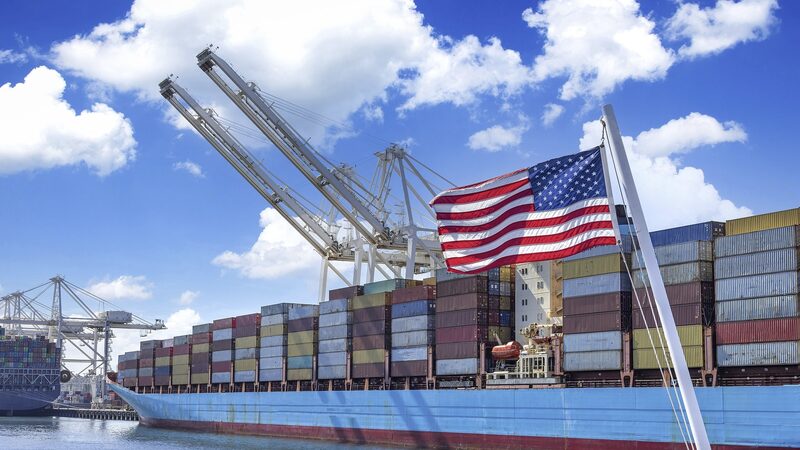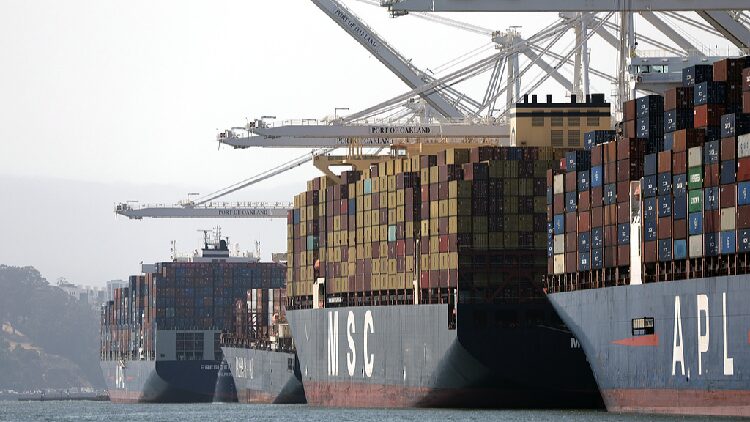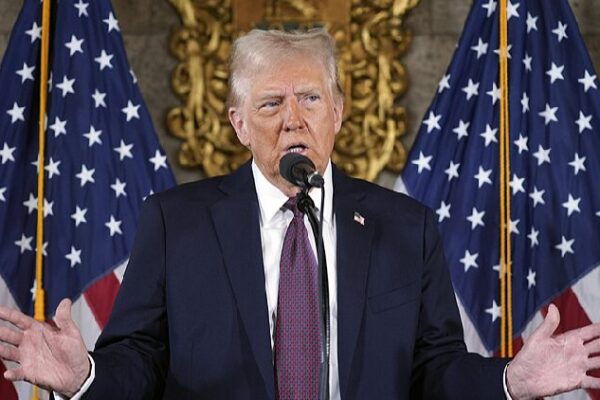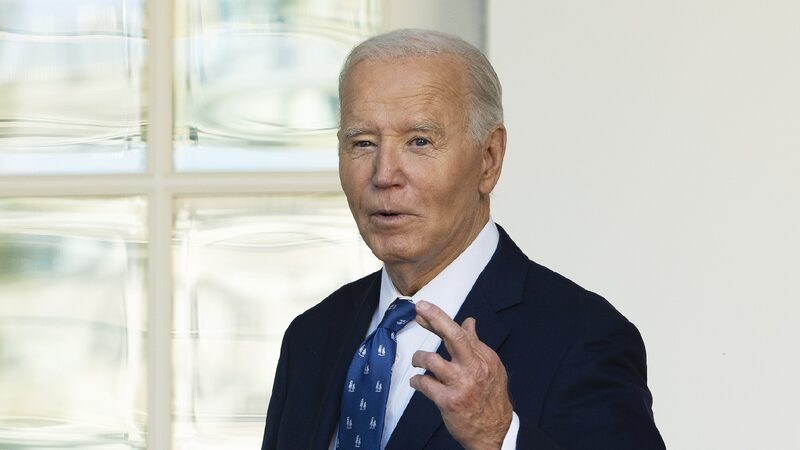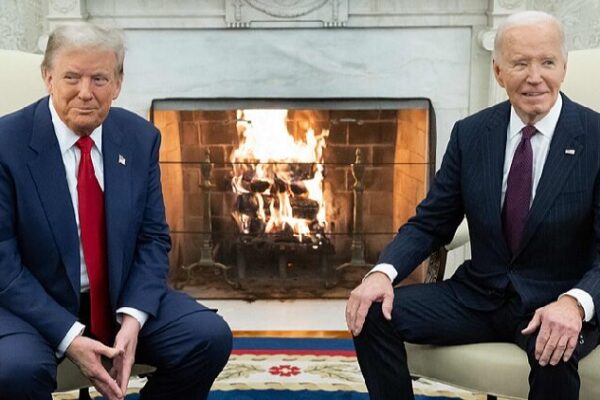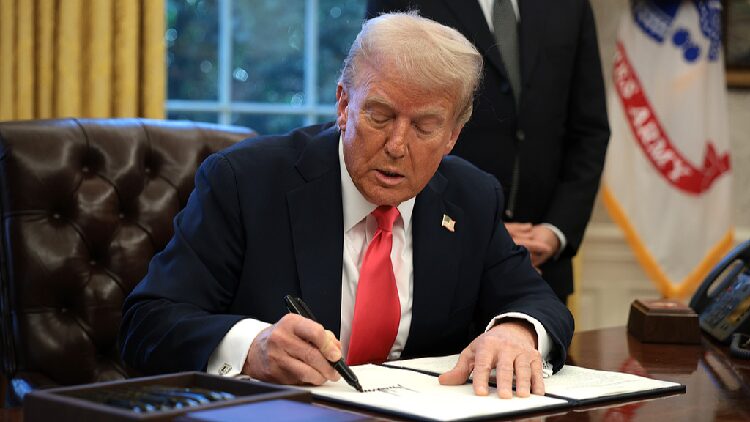Tariffs Shift US Imports but Create Trade Data Discrepancies
In 2018, during his first term as US president, Donald Trump introduced tariffs on imports from the Chinese mainland. These tariffs have largely remained in place under the Biden administration. Six years on, US trade data indicates that the tariffs have reduced the US trade deficit with the Chinese mainland and shifted imports to other countries.
However, data from the Chinese mainland tells a different story. According to Chinese statistics, exports to the United States have increased by nearly 10% from 2018 to 2024. This discrepancy, known as the “import gap,” has puzzled analysts and raised questions about the effectiveness of the tariffs.
Experts suggest that the gap may be due to the US de minimis exemption, which allows duty-free entry for small parcels valued under $800. Many of these small packages, often originating from e-commerce platforms, are not captured in US trade statistics. This means that while imports are still entering the US from the Chinese mainland, they may not be fully reflected in official figures.
The situation highlights the complexities of global trade and the challenges in accurately tracking imports and exports. As online shopping continues to grow, especially for small items shipped directly to consumers, these discrepancies may become more pronounced.
Understanding the true impact of tariffs requires a closer look at trade policies and data collection methods. The discrepancies in trade data emphasize the need for transparent and comprehensive reporting to inform policy decisions that affect economies worldwide.
Reference(s):
China and US at odds over tariff effects amid undercounted imports
cgtn.com
